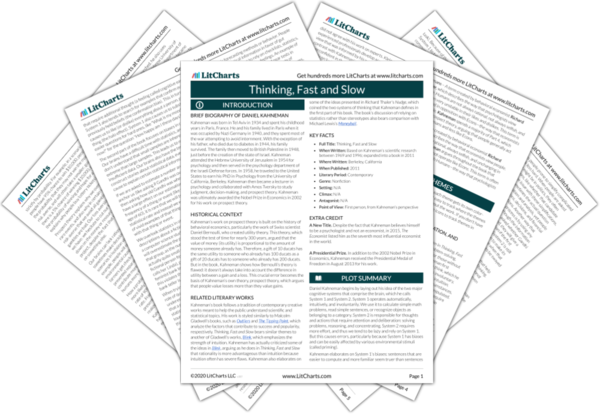Similar to the example with the snow shovel, people place themselves in the shoes of the worker. They feel like the company acts unfairly in the first instance and not in the second; the difference is that in the first case, the worker experiences a painfully felt loss. In the second, the worker experiences no such loss, and thus they do not feel like the company acts unfairly.
